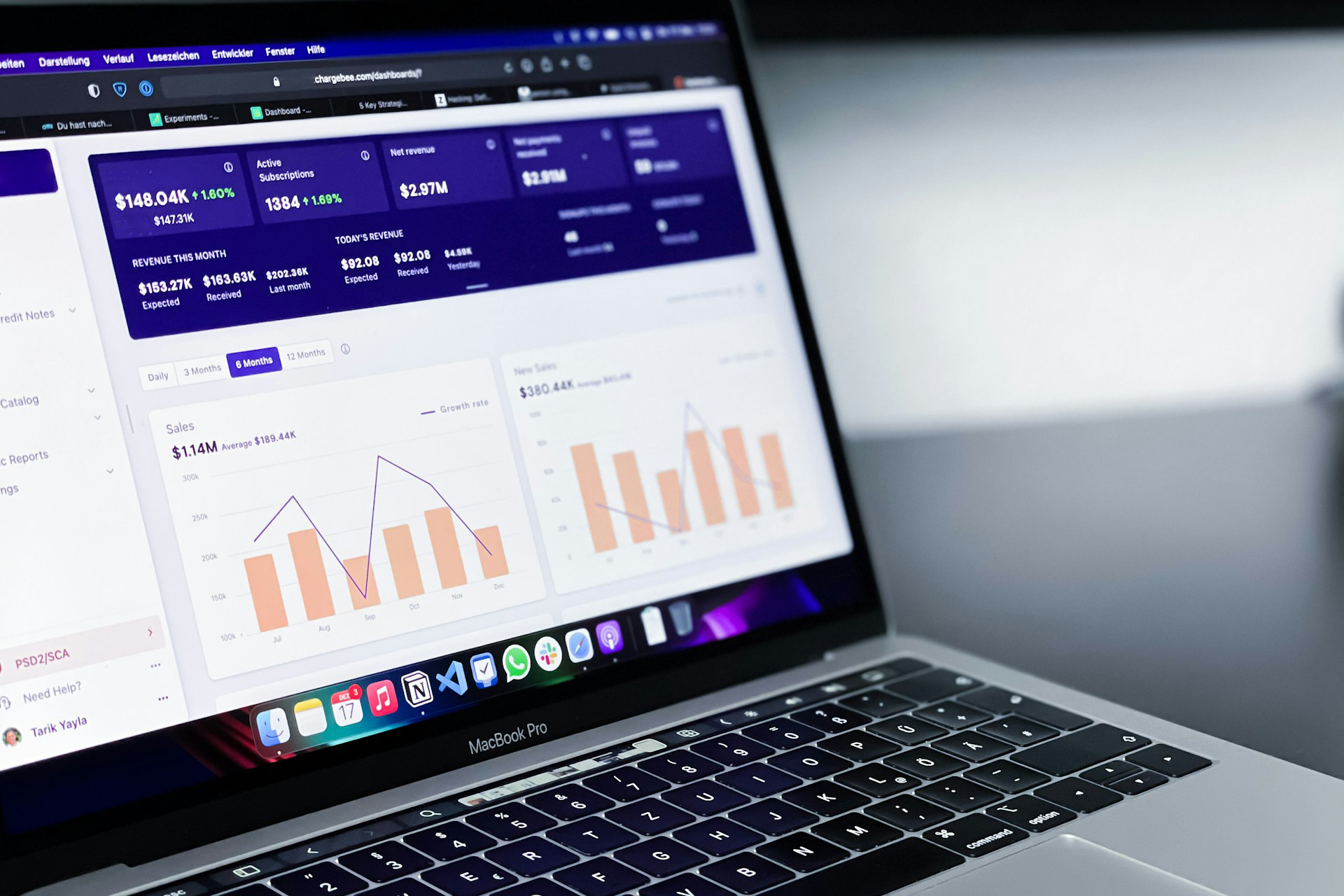There are undeniable perks to being a small business owner, as we have previously discussed several times. Running your own business gives you flexibility. Yet, better control of your finances can help you navigate the road towards success.
However, to carefully calculate your next moves, you need to monitor how your business is doing financially. Your small business’s sales may be going up. However, that does not necessarily mean that it’s successful and thriving. Thus, every owner should always consult various financial statements to obtain substantial information about their small business’s performance.
Financial statement analysis explained
Financial statement analysis is usually taught at business school. Yet, the majority of business owners are self-achieved individuals. They follow their dreams and instincts most of the time. This is great; but it won’t teach you how to read, understand, and analyze financial data essential to your company’s sustainability and growth.
In simple terms, financial statement analysis is a necessary tool that has the power to transform your business. It can be used to your advantage. It doesn’t matter if you’re a freelancer, a manager, a small business owner, or trying to figure out your own personal finances. You need to be able to assess basic financial reports. In this week’s article, we are going to guide you through the basic types of financial statements, why they matter, and how to analyze them.
Which are the basic financial statements?
The absolutely necessary financial statements you need to be aware of are the Balance Sheet, the Income Statement, and the Annual Report.
The balance sheet
Of these three primary financial statements, the Balance Sheet is the most important one. This is because it gathers all the significant numbers you need to be aware of in one place. In simple terms, it’s a table of everything you own (called Assets) and everything you owe (called Liabilities). By subtracting these two, you get your net worth as a company at a specific point in time (or the shareholder equity, if we must use a fancy word).
All publicly-traded companies are required to prepare a balance sheet by the Securities & Exchange Commission. This way, potential clients and investors can have a clear image of their financial status.
Breaking down a balance sheet
As a business owner, you need to understand how to read a balance sheet so you can evaluate your company’s well-being at any given moment.
All this may seem a bit hard to grasp. Especially with all these numbers and weird terms. However, a balance sheet consists of elements you’re already quite familiar with. Namely:
Assets: Include tangible properties such as real estate, machinery, and vehicles as well as intangible ones like patents, copyrights, and trademarks.
Liabilities: All the debts and obligations a business has as a result of its operations. This includes loans, accounts payable, accrued expenses, and mortgages.
Shareholder Equity = Total Assets – Total Liabilities
As one can easily imagine, shareholder equity is a common financial metric to determine a company’s health. If you get a positive number, you’re probably safe. If you get negative results, things are, let’s say, not looking good. It means that if your company liquidated tomorrow, it would not be able to cover its liabilities. Moreover, this is the first thing a bank will look into before granting your small business a loan. Therefore before applying, make sure you prepare a balance sheet to know where you stand financially.
The Income Statement
Also known as Profit and Loss, this statement gives you insight into how much cash enters your company (revenue) and how much is going out to cover its needs (expenses). The result you get when you subtract them is your income. Taken into account, along with the balance sheet, a business owner can assess the return they are earning on their investment.
Thereby, you can understand how your company is performing over a specific period of time and how effectively you keep your expenses under control.
Moreover, the income statement analysis is useful in calculating other financial ratios apart from profit and loss, such as net profit margin, and much more!
The Annual Report
Unlike the balance sheet and the income statement, which are clearly structured and official financial statements, the annual report is a less formal document but of equal gravity. The company’s management prepares the annual report in order to present to the shareholders what major events took place during a one-year period.
It provides insight into every important aspect that concerns the growth of the company. It’s a financial statement that may include a competition analysis, information about the industry’s trends, and the leadership’s decisions and effectiveness.
Other than that, the annual report elaborates on other financial statements’ figures and provides explanations about their results. For example, if the company has losses, this is where the management explains why those losses occurred and how they are going to turn this around. In case the company appears profitable, the annual report should give suggestions on how to sustain profit margins and opportunities for further growth.
The benefits of an annual report
What things, as a business owner, can you learn from analyzing your company’s annual report? Well, for starters, you will recap the year’s significant events and try to learn from them.
Write down your wins and failures and look for patterns in conjunction with last year’s annual report.
You will realize that this process will help you better understand and detect your company’s strong and weak points so you can use them to your advantage. Plus, you’ll discover that studying the competition on a regular basis will help you make decisions and differentiate from them effectively.
Why financial statement analysis matters
Managers and business owners rely heavily on the figures and conclusions drawn by these 3 core financial statements. And it’s no wonder since one can have insight into critical financial aspects that impact the business’s future and performance.
Furthermore, based on those statements, they can create myriad more to look into details pertinent to sustainability, credit control, cash flow management, and many more. Then, after gathering all this data, managers and company owners are prepared to make well-informed decisions.
Finally, financial statement analysis is used by investors and creditors before deciding to invest in your business or approve a loan. This is why understanding and analyzing financial statements yourself will help you get prepared and avoid failures.
Financial statement analysis will take your business to another level!
Basically, these three basic financial statements help you gather all the juicy information neatly in one place and have them work for you. Analyzing those statements will definitely benefit your business. You, as a business owner, have the opportunity to take the next step and even out the weaknesses.
Look closely for patterns, learn from your mistakes, and pay attention to the competition’s financial statements as well! They are publicly available to investors and potential clients. This way, everyone interested in investing can evaluate the company’s performance and value. Don’t underestimate their power! So, if you don’t feel confident preparing financial statements yourself, hire a professional to do it for you!






